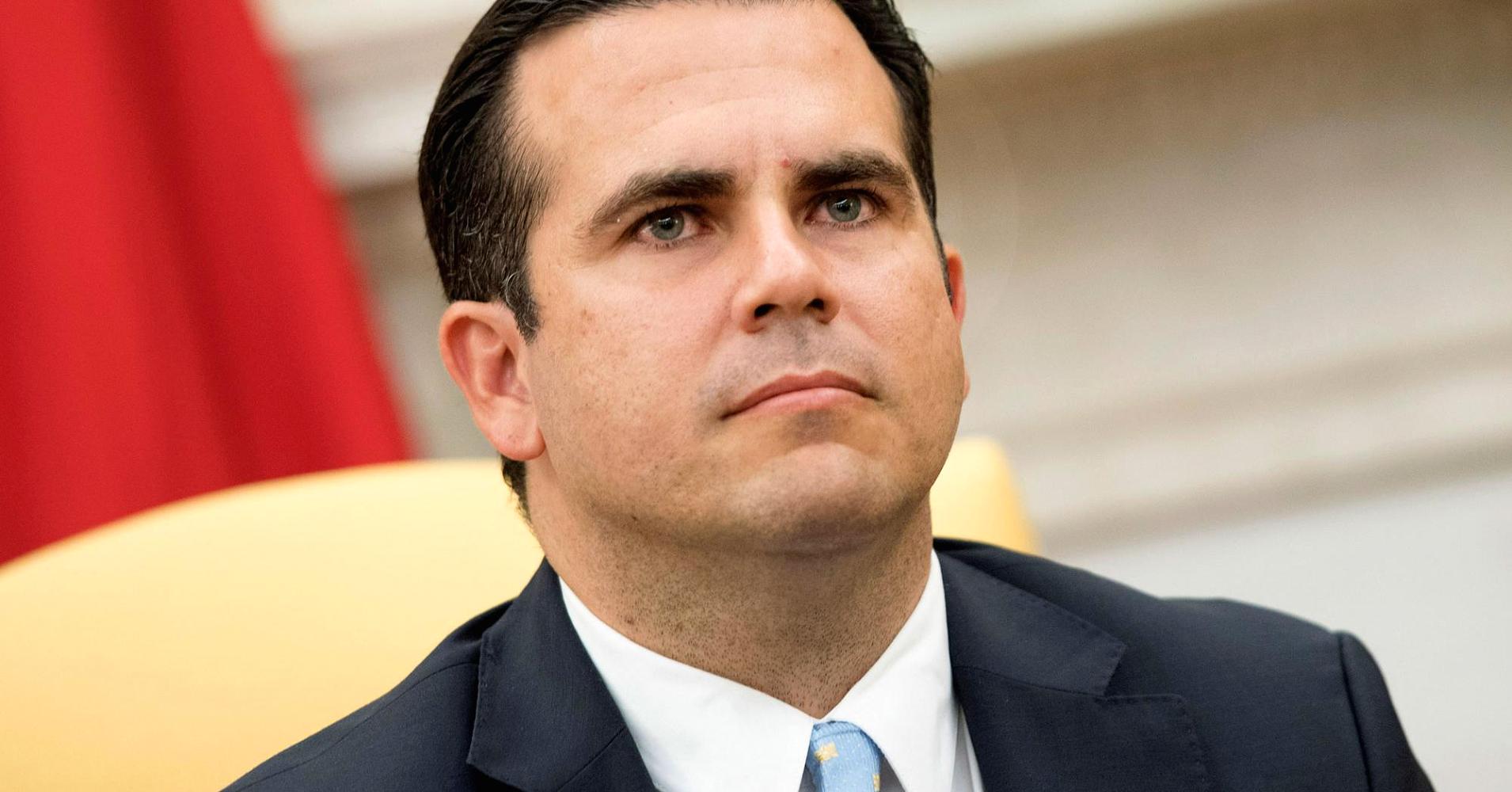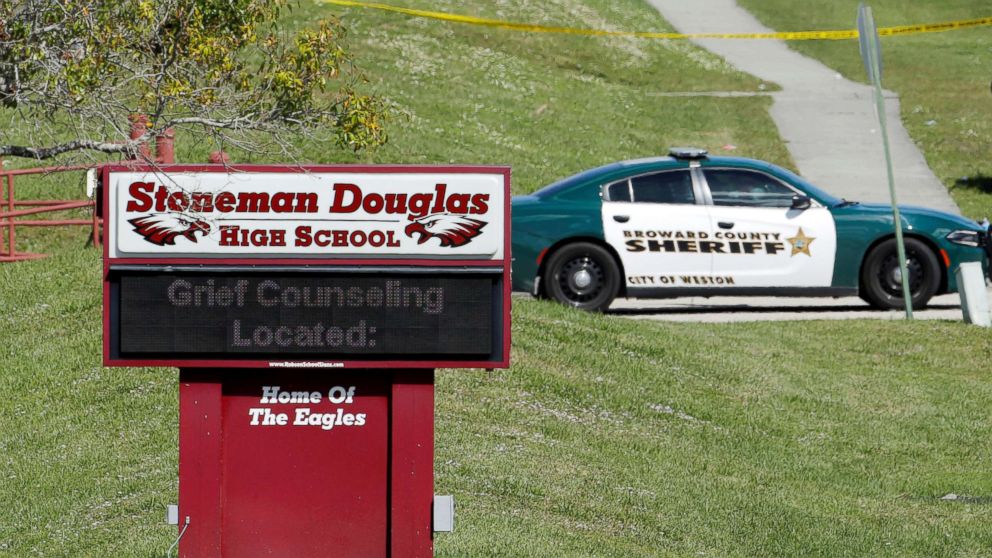
It’s been nearly five months since Hurricane Maria hit Puerto Rico, and yet more than 20 percent of the island is still without power, hundreds of thousands of residents have left for the mainland and the bankrupt U.S. territory doesn’t have a fiscal plan in place to help it emerge from financial distress.
However, the Governor of Puerto Rico said on Thursday that the commonwealth is just weeks away from disclosing its 2015 audited financial statements, a few days away from getting its proposed fiscal plan certified, and has received 19 proposals from companies, including Tesla and Sonnen, for energy projects to transform the antiquated energy grid that was decimated by the storm.
Gov. Ricardo Rossello, who was delivering the keynote at the Financial Times’ “Puerto Rico: Pathway to the Future” forum on Thursday, said that he also is meeting with the Oversight Board later in the day to discuss and finalize the commonwealth’s revised fiscal plan he submitted on Monday.
Rossello hopes to have it certified in the “next couple of days,” he said during an interview with CNBC following his address at the investment forum.
“This fiscal plan is much different than the first one,” Rossello said. “It’s not driven by austerity measures. It’s driven by structural changes and structural reforms.”
The proposal for the revised fiscal plan, which includes the injection of nearly $17 billion of federal funds from the U.S. government’s bipartisan budget bill, covers a six-year period and projects a budget surplus, which could open the door to resuming debt service payments in the coming years.
Due to the federal funds, the commonwealth estimates it could pay approximately $19.1 billion to creditors, over a 30-year term, at a 4.5 percent interest rate. The prior draft of the revised plan allotted nothing for the island’s bondholders over the next five years.
While the prices of many of the island’s bonds rallied on the new proposal, several creditor groups that collectively own a “substantial portion of Puerto Rico’s outstanding debt,” united together to ask the Oversight Board to reconsider the “flawed plan.”
In their opinion, it fails to meet the key principles of the 2016 law that set forth the terms for restructuring the island’s debt: “Achieve fiscal responsibility and restore access to capital markets.”
“The Plan fails to provide a credible basis on which to restructure the island’s debt, while completely lacking a foundation for revitalizing the local economy and restoring access to the capital markets,” a statement from the creditors issued Wednesday said.
The creditors in the group include two bondholder groups which are currently battling in court over who has the first right to Puerto Rico’s revenue. The insurers MBIA, Assured Guaranty and Ambac are also among those who are against the proposed fiscal plan.
Despite the public backlash from bondholders, Rossello said that there is a plan for Puerto Rico to regain access to capital markets. However, there are certain milestones that need to be met first, starting with getting a financial plan certified and then “tackling the Title III component.” Title III is a process, similar to Chapter 9 bankruptcy proceedings, that is allowing the island to restructure its debt.
“I think once there is clarity in the process and once some of these milestones are met, then we can see the path forward as to when and where we can get access to the markets,” Rossello said.
Rossello also addressed the long overdue 2015 audited financial statements. He said the issue dates back to the previous administration and called it “one of his greatest frustrations.”
However, Rossello said he believes that the island’s audited financials should be completed soon.
“There are still one or two components that are still in the process of being isolated,” Rossello said. “I would say that within the next few weeks that should be done and we can start seeing, finally, the first audited financial statement.”
Rossello also said that since they have identified and isolated the problems, he is confident that once the 2015 statement is released they will be able to get the audited financial statements for the more recent fiscal years completed “soon thereafter.”
At the end of January, Rossello announced plans to privatize the island’s troubled power utility, Prepa, in a 18-month process involving public and private investments.
“We want to transition into a utility 2-point-0 that’s customer centric, that can become an economic driver, that’s sustainable, and that has a shift from expensive oil, to more of a renewable or cleaner mechanism,” Rossello said.
Prepa is the sole electricity provider for Puerto Rico with a generation system that is 28 years older than the average power system of its peers located on the mainland U.S.
Complicating matters further, the beleaguered utility has approximately $9 billion in outstanding debt and entered into bankruptcy-like proceedings in July 2017. Shortly, thereafter, Hurricane Maria pummeled the island, wiping out almost all of the the customers’ electricity.
Rossello said that about 80 percent of Prepa customers’ electricity has since been restored.
Still, there appears to be corporate interest in upgrading the island’s power system. According to Rossello, 19 companies have submitted unsolicited proposals for energy projects, including Tesla, Puma and Sonnen.
Tesla has not responded to CNBC’s request for comment.
In a written statement Sonnen said the company “has not submitted any proposals related to the PREPA privatization process, however we have been in contact with the local government since hurricane María regarding plans for the long-term resiliency of Puerto Rico’s energy grid and the potential to utilize Sonnen’s experience and expertise from Germany to incorporate an island-wide virtual power plant into the future or Puerto Rico’s grid.”
Since the storm, renewable energy companies have been installing microgrids, which are a self-contained system that consists of a combination of solar panels, battery storage and electrical inverters, throughout the island as they operate apart from the Puerto Rico’s antiquated main electrical grid.
Sonnen has commissioned more than 15 microgrids since Hurricane Maria with the most recent installation taking place on Thursday at S.U. Matrullas, a Kindergarten through ninth grade school located in the remote town of Orocovis.
The school, which has over 150 students, has been without power since Maria. With the installation of the microgrid, the school does not plan to reconnect with Prepa’s power grid, even once power is restored to the area.
“We have witnessed first-hand not only a collaborative humanitarian effort that has aided critical recovery efforts in Puerto Rico, but one that has fostered forward-thinking strategies leveraging an integrated renewable energy capable of providing power to a large group of people,” said Adam Gentner, Sonnen’s director of business development, Latin American expansion, in a statement issued Thursday.
“These microgrids effectively form the blueprint for more than just recovery, but for preparation for islands and regions around the world that are susceptible to natural disasters and power outages,” Sonnen said in the statement.

